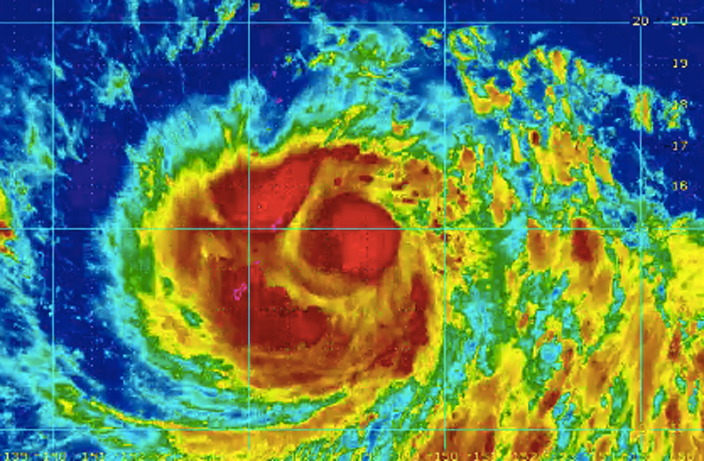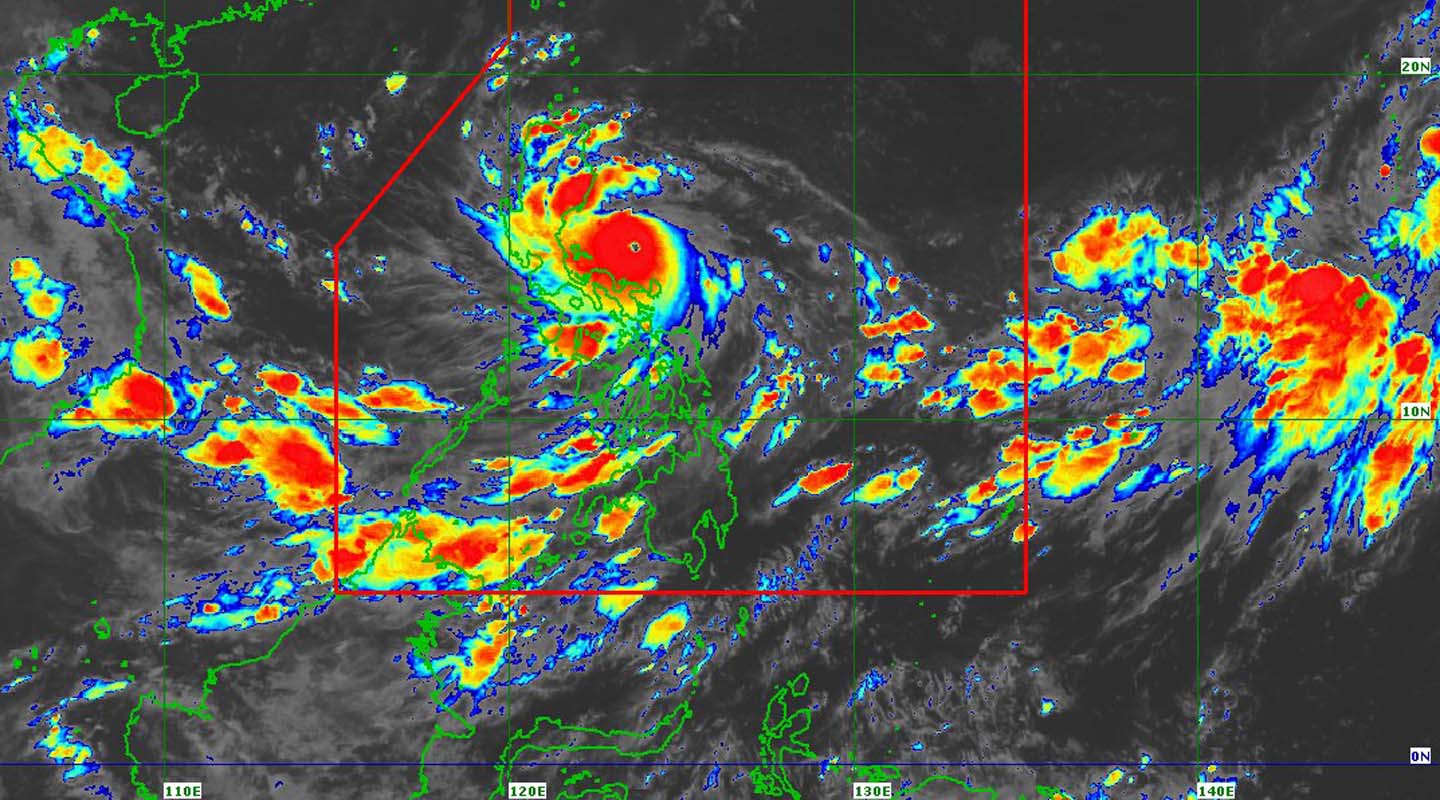Introduction: Beyond the Forecast – Unveiling Nature’s Whispers Before the Storm
You can prepare for a mega typhoon by watching nature’s signs along with official weather reports. Storms like tropical cyclones are getting stronger. Recent studies, like the data on tropical cyclones from 130 (pp 17-23), show their power is increasing. Spotting early signs can help you get ready sooner and stay safe. Let’s learn how to notice these warnings from the sky, sea, wind, animals, and more.
The Sky’s Shifting Canvas: Decoding Cloud Formations and Atmospheric Hues
Look up at the sky for clues about a coming typhoon. Certain clouds mean trouble. Towering cumulonimbus clouds with flat, anvil-shaped tops often signal a big storm. Mammatus clouds, which look like pouches hanging down, can also warn of severe weather. If the sky darkens fast and turns a weird greenish or yellowish color, a typhoon might be near. These signs show the air is unstable and full of moisture, which fuels typhoons.

The Ocean’s Restless Pulse: Observing Swell Patterns and Coastal Behavior
The ocean gives hints before a typhoon hits. Watch for long, low waves called swells. These show up days before the storm and are different from regular, choppy waves caused by wind. Also, check the tides. If the water pulls back very low and then rises fast, that’s a warning. You might see strange things washed up on shore, like debris or unusual sea creatures. These are signs the ocean is reacting to a storm far away.

The Wind’s Changing Tune: Recognizing Shifting Directions and Increasing Gusts
Pay attention to the wind. As a typhoon gets closer, the wind often changes direction. It might turn one way or the other based on the storm’s path. Wind speed picks up slowly at first, with strong bursts called gusts. These gusts happen more often as the storm nears. Sometimes, right before the worst part hits, the air goes very still. This eerie calm can trick you, so stay alert.

Nature’s Sentinels: Animal Behavior as Early Warning Systems
Animals often sense a storm before we do. Birds might fly inland in big groups, away from the coast. Fish may swim to deeper water. On land, animals like dogs or cows might act restless or look for shelter. Scientists think animals feel changes in air pressure that we can’t notice. Watching their behavior can give you an early heads-up about a typhoon.

The Barometer’s Silent Story: Understanding Atmospheric Pressure Drops
A barometer measures air pressure, and it can warn you of a typhoon. When pressure drops fast, it means a low-pressure system like a typhoon is coming. If you have a barometer, check it often. A quick drop, like a few points in a few hours, is a big red flag. This ties to the “calm before the storm” feeling, where the air feels heavy right before the worst hits. Keep track of these changes to stay safe.
Beyond the Obvious: Subtle Sensory Cues and Environmental Changes
Some signs are harder to spot but still important. You might smell a heavy or metallic scent in the air. The air can feel extra sticky from high humidity. Sometimes, you might notice static electricity or even see small sparks in the sky. These happen because a typhoon carries huge amounts of energy and moisture. If you sense these odd things, a storm could be building.

Putting it All Together: Synthesizing Observations for Enhanced Preparedness
No single sign means a typhoon is definitely coming. But if you see many of these clues together—like strange clouds, odd waves, and nervous animals—the chances are high. Always check official weather reports too. Combine what you see in nature with what experts say. If you spot these warnings, take action. Stock up on food and water, secure your home, and plan where to go if you need to leave. Being ready saves lives.
Conclusion: Empowering Yourself with Nature’s Wisdom
Learning to read nature’s signs adds an extra layer of safety when preparing for a typhoon. Watch the world around you and trust your senses. Share what you notice with family and friends to help your community stay safe. Take steps now to protect yourself—don’t wait for the storm to hit. Stay alert and stay prepared.












